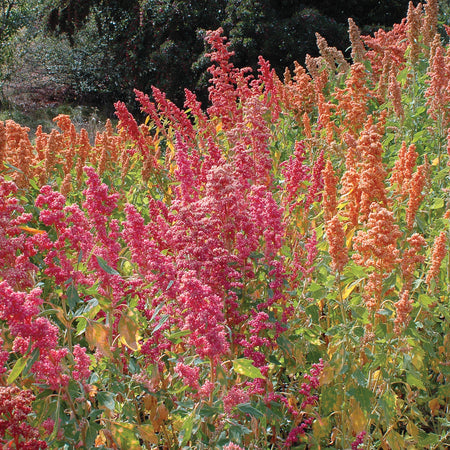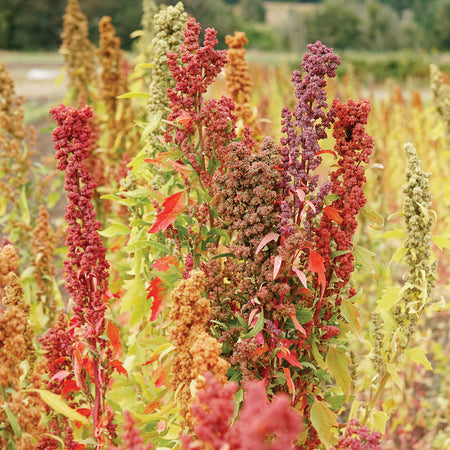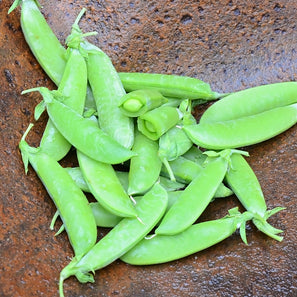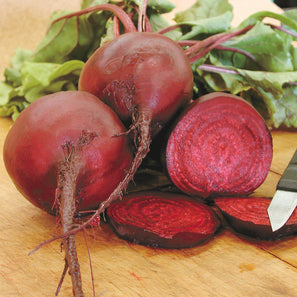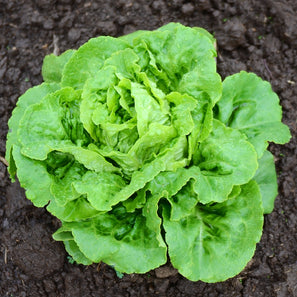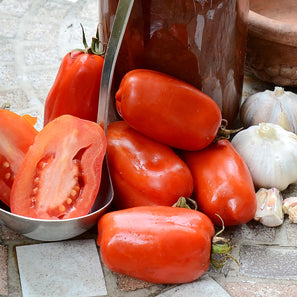BRIGHTEST BRILLIANT RAINBOW
Product Description:
| Soil Temp for Germ | 45–75°F |
| Days to Emergence | 5-15 |
Culture
• Grains require modest levels of nutrition to produce good quality proteins
• Excessive soil fertility will cause lower protein levels and may lead to lodging (heavy heads falling over)
• Winter varieties require cold temperatures in order to produce seed heads (vernalize) in spring; they should be planted in the fall
Direct Sowing
• Plant mid-September through mid-October
• For the smaller-scale grower, broadcast the seed over the surface of the soil and rake in to ensure good soil contact
• Recommended seeding rate: 3 1/2 lbs per 1000 square feet
• Seed can also be drilled at 2 1/2 lbs per 1000 square feet—plant 1-2 inches deep
• Mulch with clean straw or leaves to 4 inches
Insects & Diseases
• Common insects: aphids, thrips
• Insect control: Pyrethrin
• Common diseases: stripe rust, stem rust, powdery mildew
• Disease prevention: plant disease resistant varieties, for powdery mildew use Zonix
Harvest & Storage
• Both winter and spring varieties of grains are generally ready for harvest in August
• Timing the harvest to ensure optimal moisture level reduces loss to shatter or grain resprouting—seed heads should be dry and resist denting by fingernail (ideal moisture content is 13% or less)
• Small-scale wheat growers can use a hand sickle to harvest—tie into bundles, called "shocks," and stack upright in the field to dry before threshing
• “Hulless” varieties can easily be cleaned by hand-threshing and winnowing; other varieties may require flailing or mechanical threshing
• Store in airtight containers in a cool, dry location

